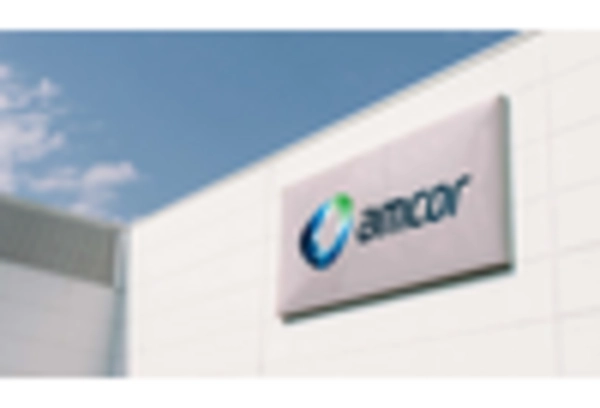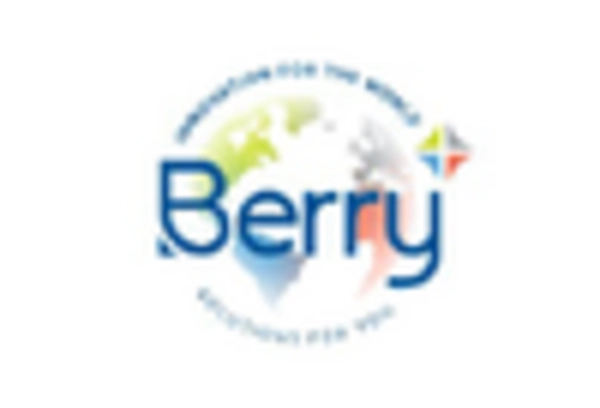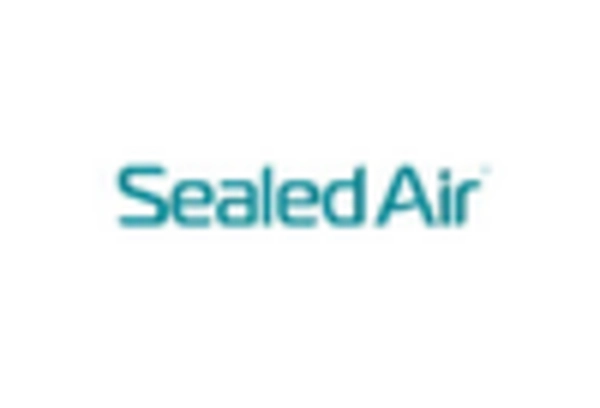Market Trends
Key Emerging Trends in the Food Service Packaging Market
The Global Food Service Packaging Market has undergone major transformations lately due to changing consumer preferences, environmental concerns, and technological advances in packaging. One key trend in this industry is an increasing demand for sustainable and eco-friendly packaging solutions. With growing awareness about environmental issues, people are looking at packaging options that minimize their carbon footprints as consumers or companies attempting to be more environmentally sensitive. Another key driver shaping the market is online food delivery services, which have seen a rise due to advancements in technology globally requiring specific types of packages for purposes of storing food during transportation while ensuring food safety and temperature control, thus facilitating the success of online food delivery. Therefore, it has become common to see an upward demand for packaging materials suitable for takeout services and door-to-door deliveries. Market trends were also affected by the COVID-19 pandemic, but fewer details were given here than before. This led to higher demand for single-use packaging due to the prioritization of hygiene by both consumers and businesses. However, this shift comes with environmental concerns regarding the increased use of single-use packaging systems by these countries. Evolving designs on food service packages' printing systems always happen. This is why producers keep searching for new methods through which they can improve products used in preserving foods while enhancing efficiency during packing, thereby making customers feel better after consuming them. The need for personalized branded packs has been growing within the industry. Apparently, companies have recognized packaging as a powerful marketing tool. This has seen them use attractive shapes and designs with personalized branding that reinforce the overall dining experience to increase brand recognition. This trend is particularly notable in the fast-food and quick-service restaurant segments. Notably, there are regional variations in market trends. Developed economies, for instance, focus more on sustainable packaging solutions due to strict environmental regulations and increasing consumer awareness. Conversely, emerging markets may be focusing more on affordable, functional packs catering to increases in demand for convenience and ready-to-eat foods. Additionally, there are dynamics in the global foodservice packaging market, which include fluctuating raw material prices, regulatory constraints, and the need to comply with international standards. Nevertheless, these challenges have continued to breed innovation and partnership among stakeholders within the industry.










Leave a Comment